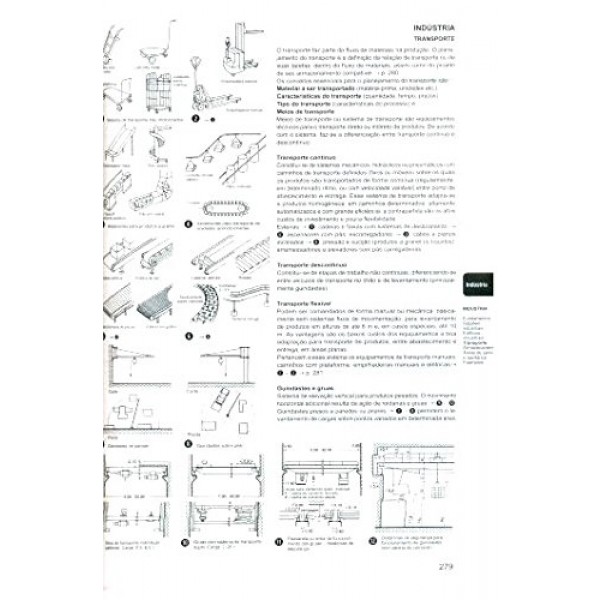
This work revealed that the largest share of these companies of São Paulo State presented update equipment to produce wooden houses. It was realized through a survey applied directly to the companies' owners. This study aims to verify the situation of the timber machinery of the wooden housing manufacturers in the Brazilian State of São Paulo.


For that reason, it is important to perform studies to stimulate this sector. Industrial parks with modern technology contribute directly to products which better quality, and it could be a favourable way to the Brazilian development in industrial aspect. Together with other factors, it is a visible reason to the lack of the renovation of their production lines, as well as the improvement of their industrial technologies. However, the forestry-timber sector hardly has access them, due to the several barriers and bureaucracies. Some very specific and limited incentives have been offered by the local Government to stimulate these companies. Public incentives will help this sector to achieve its sustainable development with cleaner productions.ĭespite the promising future to industry in Brazil, most production sectors still suffer with the access to newer industrial technologies. This collection system could be based on the separation of waste into colored dumpsters or containers for three destinations: solid wood, treated wood and wood-based panels. A simple selective collection realized in these industries and on respective building sites could help to mitigate this evident environmental liability. Thereat, it was discussed the current situation of these timber companies, indicating some ideas for improving their wood waste management.

Then, a real opportunity of processing of these wooden wastes in manufactured goods is lost. It was discovered that most of these house manufacturers have no control or quantification of their residues, and many even have an accurate separation process aiming their reuse. For this evaluation, it was applied a questionnaire directed to the owners or their representatives, in order to obtain the volume, characteristics and final destination of the wood waste produced exclusively for a single-storey housing unit of 100 m 2. For that reason, the study aimed to obtain and disseminate the data on the generation and disposal of timber waste of the wooden-housing manufacturers, located in São Paulo State, aiming to assist them on the potential for reuse of their wood waste. The inconvenience with the generation of wood waste has become an increasing problem among companies of the forestry sector.


 0 kommentar(er)
0 kommentar(er)
